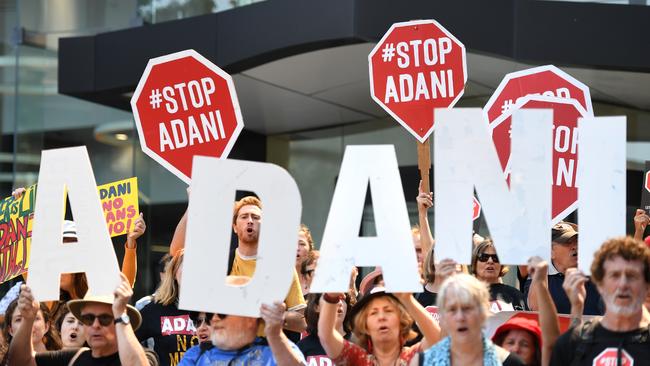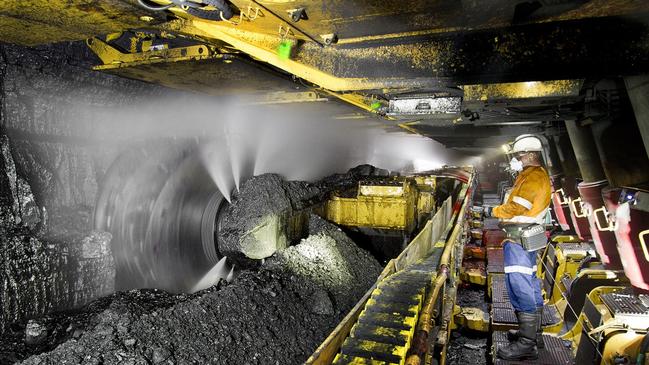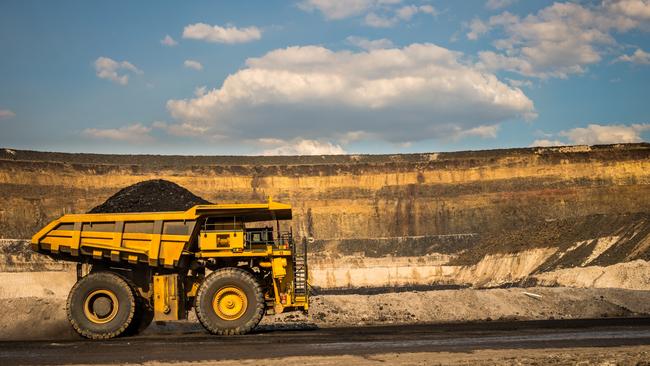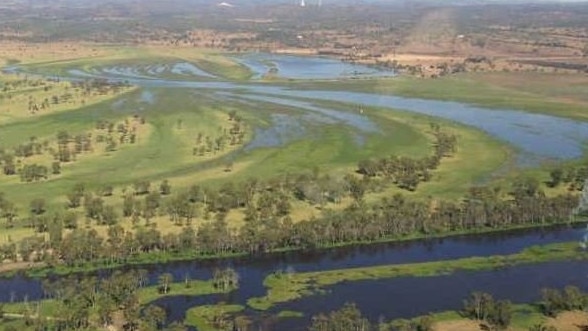Editorial: Resources sector and coal crucial to Queensland economy
THE Government must tread carefully on further regulatory hurdles and royalty imposts as it risks deterring miners from coming to Queensland, writes THE EDITOR.
Opinion
Don't miss out on the headlines from Opinion. Followed categories will be added to My News.
IT IS worthy of note that coal production in Queensland employs about the same number of people as there is in the entire workforce of Canberra. This demonstrates how critical resources have become to the Queensland economy in the decades since the Bjelke-Petersen government opened up vast tracts of the state’s west to mining exploration.

Diversifying the state’s economy, which every Queensland government likes to talk about, is a worthy aim, given the state’s exposure to “boom and bust” cycles driven by unpredictable international trading conditions.
The Queensland Resource Council’s latest report into the sector exposes the folly of undermining the state’s mining sector through excessive regulation and pandering to noisy and misinformed minority groups.
According to QRC figures, resources contributed $62.9 billion towards the Queensland economy in 2017-18 and employed 316,267 people directly or indirectly. This economic contribution was not that far from the record $75.7 billion contributed in 2012-13.
The number of jobs linked to coal production alone was 215,656.
As QRC chief executive Ian Macfarlane has rightly pointed out, the benefits of a strong resources sector to Queensland are not confined to those employed in the different industries.
The sector delivers significant revenue to the state government.
This bankrolls roads and other infrastructure and helps pay the wages of teachers and nurses.
Having this additional revenue stream also allows the Government to maintain lower rates for other duties, such as payroll tax, which in turn helps local firms grow and attracts business to Queensland.
In fact, if it weren’t for a sudden upsurge of international coal prices, the Palaszczuk Government’s recent budget would have been awash with red ink and it may have imperilled the administration’s ability to fund the $5.4 billion Cross River Rail.

It is not, therefore, hyperbole to suggest that every single Queenslander, regardless of where they live or work, benefits from the state having a strong resources sector.
With this in mind, it is important to heed Mr Macfarlane’s cautionary words about the need for a stable and reliable regulatory regime to ensure the industry can grow and remain competitive with its international contemporaries.
From the comfort of an inner-Brisbane cafe, it might be easy to scorn mining and the industry’s supposed environmental ills, and to wax lyrical about how Queensland could easily do without its resources sector. However, such injudicious imaginings don’t stand up to scrutiny of any kind.
As outlined in the QRC report, Brisbane is essentially the state’s biggest mining town, with the industry supporting more than 140,000 jobs and generating $28.9 billion for the Queensland capital.
These figures, in particular, expose the imprudence of the Palaszczuk Government’s decision to veto a federal loan for the railway project linked to Adani’s proposed Carmichael coal mine in the Galilee Basin.
The move, made during last year’s state election, played well to Green voters, the activist crowd and those who simply dislike the mining company because its owner is from India.

However, it injected risk into the project’s future for no discernible reason, while sending a clear message to the international mining and investment community that the Palaszczuk Government had a dim view about the future of the state’s resources sector.
The Government has also moved to introduce a more stringent process around mine rehabilitation.
This is a welcome move given the number of former mine sites that the Government is having to care for at public expense.
However, the administration must tread carefully when it comes to any further regulatory hurdles and royalty imposts as it would be foolhardy to assume miners will continue to come to Queensland, regardless of the system that is in place.
Even with our well-performing resources sector, Queensland currently has the highest unemployment rate in the country.
Without the resources sector, things could be very grim indeed.
WATER FUNDING CRUCIAL TO THE NORTH
THE 2015 Northern Australia White Paper made the observation that Australia’s top end would remain underdeveloped if restrictions on pastoral leases were not removed.

For Queensland’s far-north this is particularly so, given 56 per cent of the land, almost 700,000sq km, is pastoral lease. These 19th century arrangements restrict development and land use beyond the lease agreement, which is usually grazing.
While loosening restrictions on leasehold land would be an important step, no real progress will be made unless there is a secure water supply. The National Water Infrastructure Fund has been an effective mechanism for assessing water projects.
It is welcome to see the Federal Government adding another $500 million towards the $580 million already committed.
This will allow stringent analysis of the myriad proposed water projects out there. The money is only a small proportion of what will be needed.
But it is a clear signal that Australia’s north end will be open for business into the future.
Responsibility for election comment is taken by Sam Weir, corner of Mayne Rd & Campbell St, Bowen Hills, Qld 4006. Printed and published by NEWSQUEENSLAND (ACN 009 661 778). Contact details are available at couriermail.com.au


